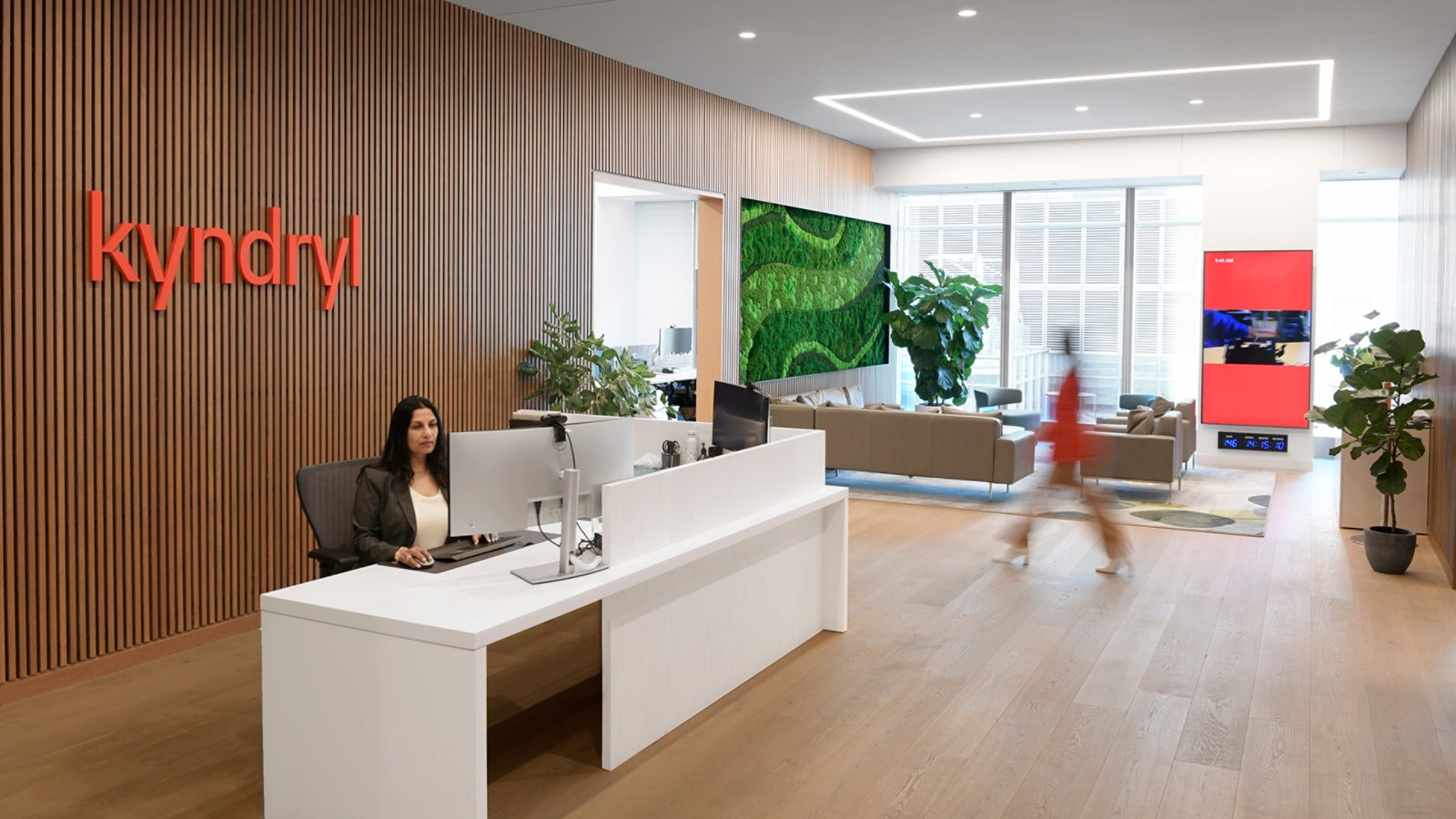Call it the paradox of digital transformation.
No two companies or work environments are the same, but organizations across industries experience similar obstacles and opportunities when driving change. I’m reminded of this each time I discuss technology modernization with other CIOs.
These conversations reaffirm that most of us try to innovate while maintaining secure and resilient operations. We work to create unique experiences for customers and employees without disrupting business continuity. And we focus on driving growth without neglecting our established partnerships.
Deep down, I suspect many technology executives wish they could redesign their entire technology estate, free from legacy challenges, for a clean state to imagine the future. This kind of opportunity is rarely possible.
Transitioning off old and onto new systems and applications while sustaining “business as usual” is complex and time-consuming. Gaining buy-in from cross-functional peers and orchestrating change management across an entire company—especially with workers and customers spread around the world—complicates the process even more.
Difficult though it may be, organization-wide transformation isn’t impossible. Recently, my colleagues and I set out to prove as much when we initiated an end-to-end technology modernization for our global enterprise. The goal: enable continuous modernization and innovation in a secure, resilient environment so Kyndryl can be its best for customers and stand out from competition in any market.
Our transformation is ongoing. Although we’ve encountered some challenges along the way, we remain committed to creating a simplified and modern technology environment that can support our business and improve the way we engage with customers and employees.
This is our modernization story. Hopefully, there are ideas and insights you can apply to your own transformation journey.




